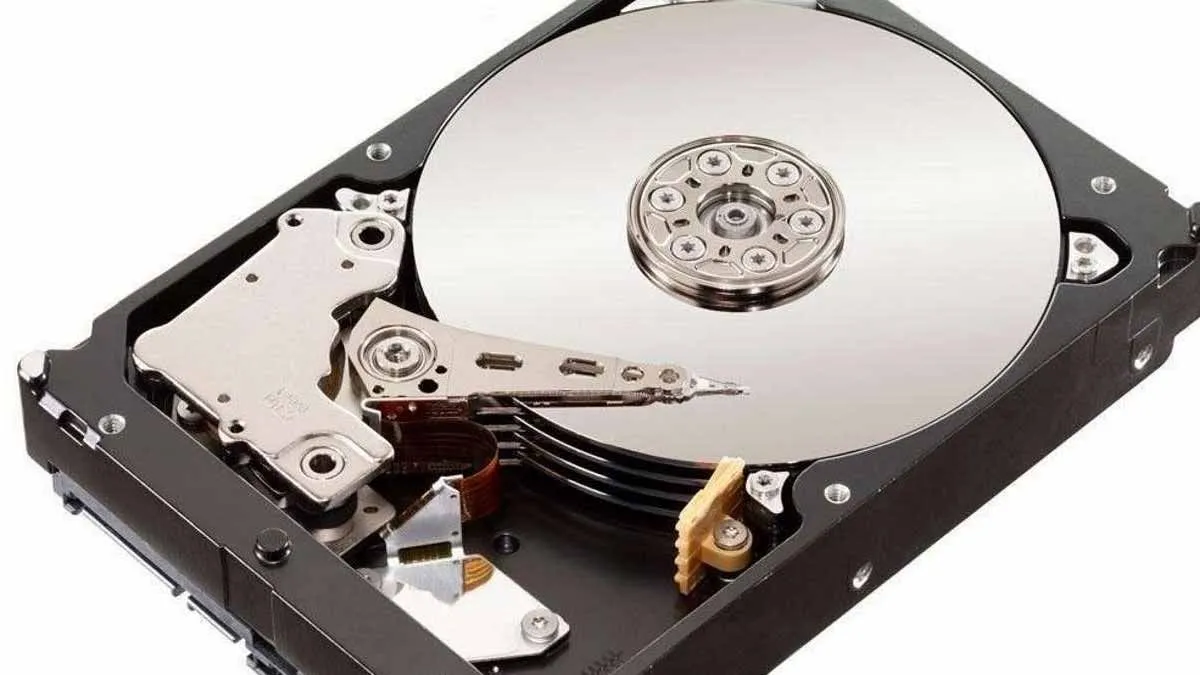Digging Into the Story
Stumbling on pro software on a new SSD points to two possible explanations. One possibility is that the drive was a returned unit that never got properly wiped before being sold again. Often, returned electronics only get a quick check, leaving data intact on the device. Another scenario is that someone purposely loaded the software as bait to catch a buyer off guard. Both of these possibilities shake the trust buyers place in products marketed as new.
These aren’t one-off events. Many electronics returns get restocked in a hurry, sometimes without a proper check for leftover data. For a storage device to really live up to the “new” label, manufacturers need to clear out old data thoroughly.
Hidden Dangers in Those Files
Finding unexpected software isn’t just a quirky surprise—it brings along some serious risks. Preloaded software might be a sneaky way to deliver malware like spyware, keyloggers, or backdoors. Bad code can easily hide behind familiar icons and setup programs, leaving even careful users none the wiser.
The problem goes beyond copyright issues; it’s about making sure you can trust what’s on your device. The Electronic Frontier Foundation points out that even packages that look totally legit might hide nasty surprises that threaten your security and privacy.
Handy Tips for Shoppers
If you’re in the market for storage devices, it pays to be cautious. First off, assume that any storage device might have been used before, no matter how fresh the packaging looks. Give the drive a good scan before opening up any unfamiliar installers. It’s a good idea to perform a secure erase or a complete format to wipe out any old data before you start using the device.
You should also reset the drive’s partition table and check its specifications to be sure no hidden files are left behind. Running antivirus and anti-malware scans gives you extra peace of mind.
What Sellers Should Do
Retailers have a big part to play in keeping buyers safe. They should follow firm procedures to thoroughly wipe every returned storage device, making sure no partitions, installers, or caches are left intact. Having clear, well-documented steps, along with up-to-date legal know-how, helps cut down on potential issues and builds trust with customers.
For buyers, a few good habits can save time and money while keeping personal data secure and license use above board. Treating every storage device as if it might have been used means you won’t overlook any necessary tests for performance and safety.
Easy Ways to Keep Your Device Safe
When it comes to your gadgets, taking a calm, measured approach is key. Check over your storage device carefully and run a full data wipe to clear everything out. Use manufacturer-approved tools for a secure erase to be on the safe side. Enabling encryption is another solid step against unauthorized access, and keeping regular backups means you’re protected if something goes wrong.
This whole scenario is a reminder to keep your head cool when you find unexpected surprises on new tech. With a little extra care and some methodical steps, you can make sure your devices stay as safe as possible.
